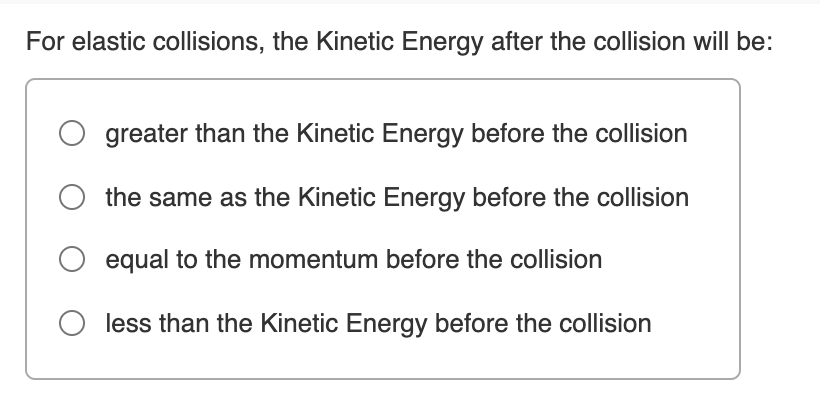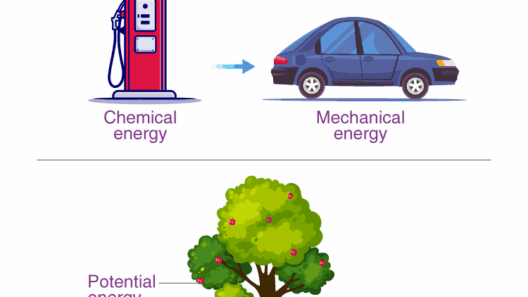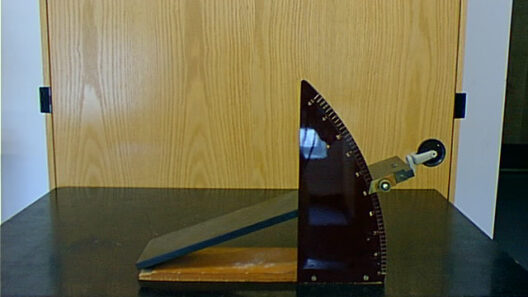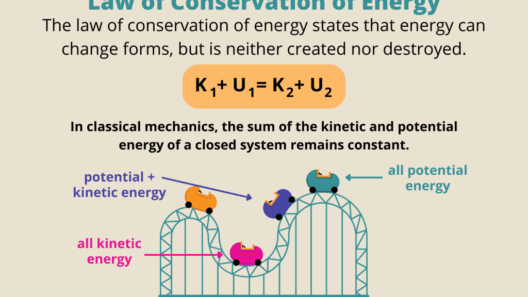When pondering the nature of collisions, one might liken them to a grand ballet, where each dancer, symbolizing an object, moves gracefully through space, their paths intertwining momentarily before separating in a chaotic splendor. Among these captivating encounters is the glancing collision, a phenomenon often encountered in various mechanical and physical contexts, from billiard balls on a green-felt table to asteroids in the vastness of space. But does this seemingly elegant interplay conserve kinetic energy? The answer lies deep in the realms of physics, guided by the immutable laws of motion and the principles of momentum.
Kinetic energy, the energy possessed by an object due to its motion, is defined mathematically as KE = 1/2 mv², where m represents mass and v stands for velocity. The conservation of kinetic energy is a principle that is often, but not exclusively, applicable to elastic collisions—those encounters where both momentum and kinetic energy remain intact post-collision. To enter the subtle world of glancing collisions, we must first unpack the distinctions between elastic and inelastic collisions.
In an elastic collision, energy is conserved, akin to a perfectly adorable game of catch where the intensity of each toss remains unaltered. Imagine two perfectly resilient rubber balls colliding. As the two spheres make contact, they transfer energy from one to the other, but the total kinetic energy of the system remains constant. This scenario is idealistic, yet it sets the stage for understanding energy dynamics in real-world collisions.
On the other hand, inelastic collisions are more common in everyday life; here, kinetic energy is transformed into other forms of energy—sound, heat, or perhaps even the deformation of the objects involved. When a car crashes into a wall, the crumpling metal and the searing sound of impact are manifestations of energy conversion, leading to a decrease in the system’s kinetic energy.
Now, consider the glancing collision, where two objects collide at an angle rather than head-on. This interaction can lead to both elastic and inelastic outcomes, depending on the materials and context. For example, when a cue ball strikes a billiard ball at an angle, it is an exquisite execution of momentum transfer. The kinetic energy of the cue ball is partially conserved, enabling the billiard ball to roll away, carrying with it some of that initial momentum. However, the elusive nature of kinetic energy conservation in glancing collisions demands further exploration.
In the realm of glancing collisions, the total momentum of the system, defined by p = mv, remains conserved, a steadfast guardian of the laws of physics. This principle applies universally, irrespective of the nature of the collision. However, while momentum’s conservation holds true, kinetic energy’s fate is less straightforward. When two objects collide at an angle, the outcome is dictated by their elasticity. In many instances, some kinetic energy is lost in the form of sound and heat—like the sigh of exhaustion after a strenuous dance performance. This loss stands in contrast to perfectly elastic collisional behavior.
To visualize this interplay further, imagine two ice skaters gracefully carving arcs on an icy rink. If they collide gently, gripping each other momentarily before spinning apart, they embody a glancing collision. The initial kinetic energy possessed by the skaters is redistributed between them, and while some energy is conserved in their continued movement, a portion is dissipated, expressed in their bodies’ warmth and the friction of the ice beneath their gliding feet.
Furthermore, the angles of incidence and reflection play a pivotal role in these encounters. The laws of reflection, reminiscent of a well-practiced dance formation, dictate that the angle at which one object approaches another defines how it will be sent away. The intricate interplay between angles and velocities often leads to surprising results, where the original kinetic energy may not be wholly transferable, thus complicating the quest for energy conservation.
Examining the nature of materials involved in glancing collisions sheds light on the variances in energy conservation. Elastic materials, such as rubber, are adept at retaining kinetic energy compared to more pliable substances such as clay, which amalgamate upon impact, illustrating the striking contrast between two extremes of energy absorption. This characteristic contributes to the outcome of the collision, allowing different materials to influence how much kinetic energy is preserved.
In the world of glancing collisions, not only the angle and the type of material but also the initial velocities of the colliding bodies determine the kinetic energy’s fate. The steeper the angle or the greater the speed, the more pronounced the energy transfer, often leading to a substantial alteration in motion. Much like a game of pool, every decision made prior to impact sets the stage for the aftermath.
In conclusion, the glancing collision presents a fascinating dichotomy in the conservation of kinetic energy. While it adheres to the steadfast law of momentum conservation, its adherence to the conservation of kinetic energy remains contingent upon various factors—elasticity, material properties, angle of incidence, and the initial states of motion. As we navigate the curious dance of colliding bodies, the insights derived deepen our understanding of kinetic energy’s shifting landscape, reflecting the broader principles governing our physical world. Through this lens, we observe the dance of energy itself—a dynamic interplay continuously negotiating its own balance within the universe.







